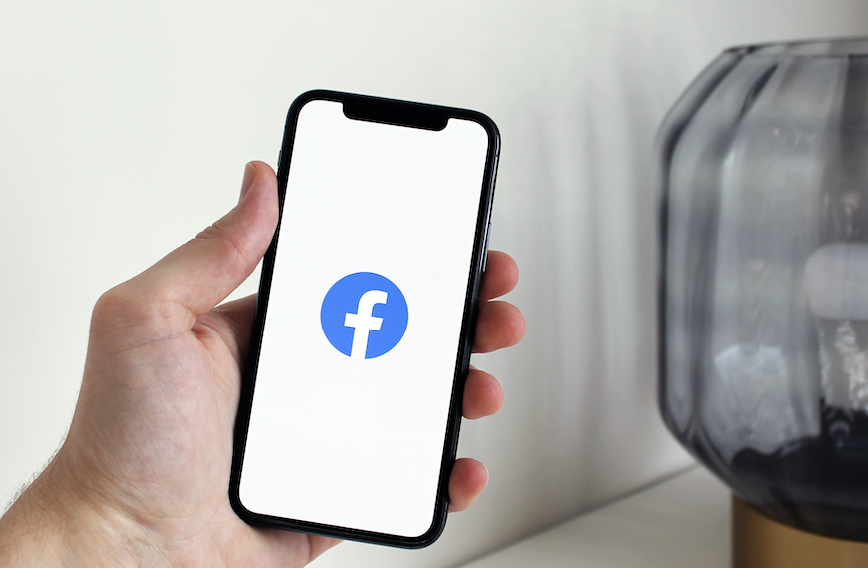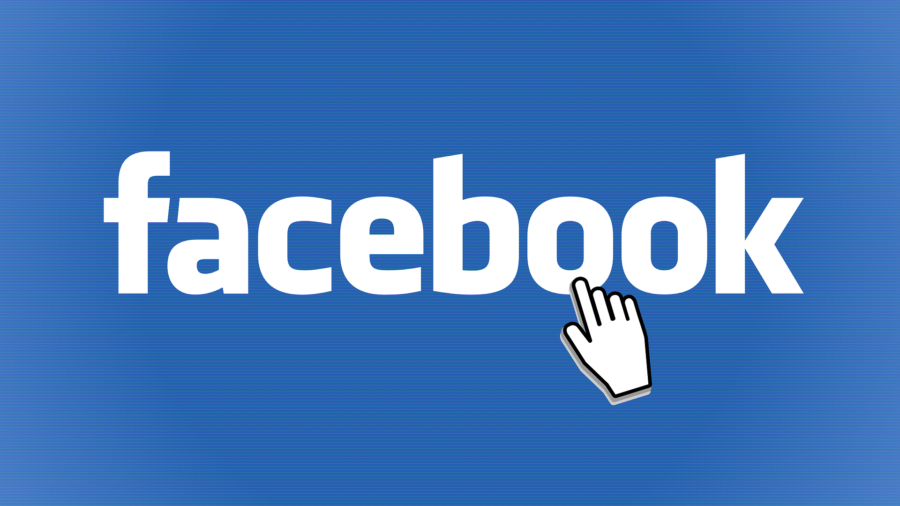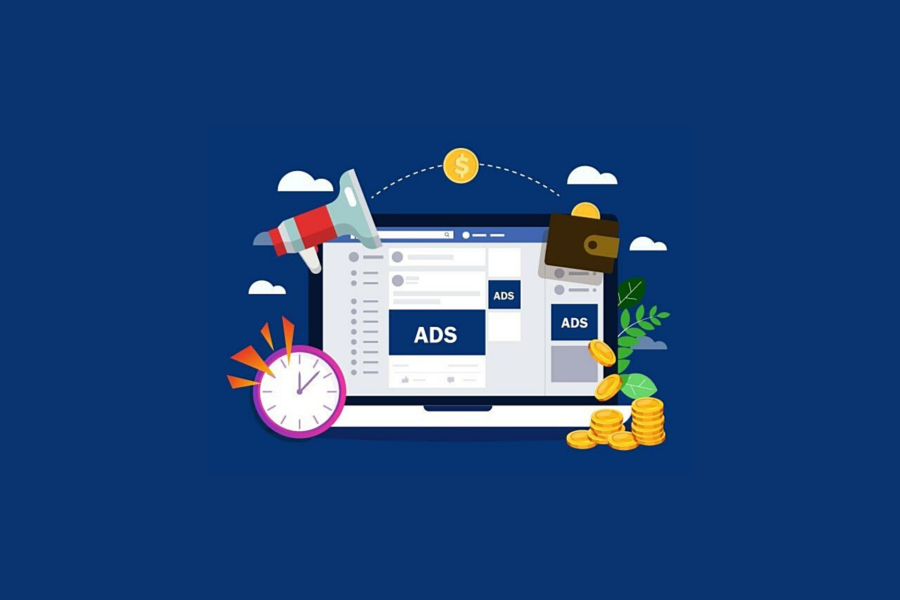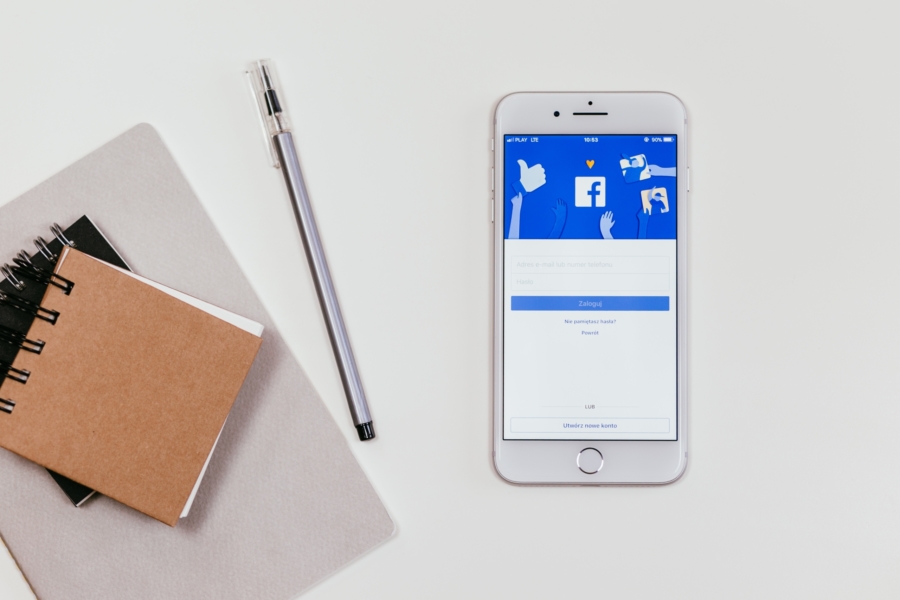In a recent move sparking powerful conversation, Meta has reduced their fact-checking efforts across major social media platforms like Facebook and Instagram. This decision marks a pivotal shift in managing online content, raising important questions about the
- Home
- Tag: Facebook ads
In today’s fast-paced digital landscape, consumers make decisions and form preferences in micro-moments—those fleeting instances when they turn to their devices to learn something, do something, discover something, watch something, or buy something. Understanding the importance of
With billions of people using Facebook each month, the opportunity for lead generation is endless. Facebook recently shared tips on how to maximize lead generation via Facebook posts and ads to help businesses boost the performance of
With the holiday season upon us, eCommerce spend is set to hit new records. With people online shopping now more than ever, reaching out through social should be on the agenda for your brand. If you’re looking
The 2020 holiday season is here and for many it can’t be business as usual. Businesses must continue to shift and adapt to everything going on and with many distractions, capturing consumers’ attention is more difficult than
No matter what you’re sharing on social media, it always performs best when paired with striking visuals. So here are some social media design tip best practices to help your content stand out amongst the crowd. 1.
Improving your Facebook relevance score can help you save money and reach more consumers. However, what can you do to boost your relevance score without taking away time from your already busy schedule? Experts at Onimod Global















